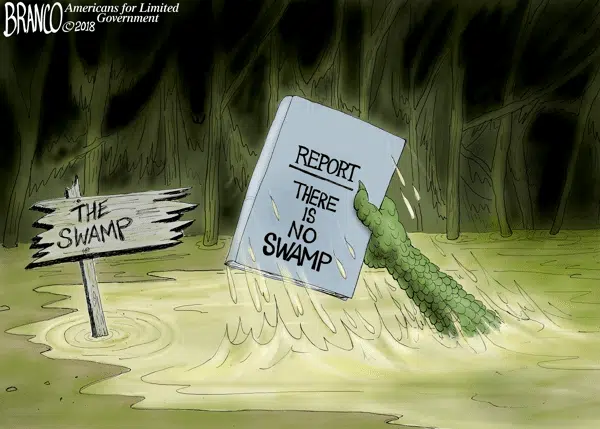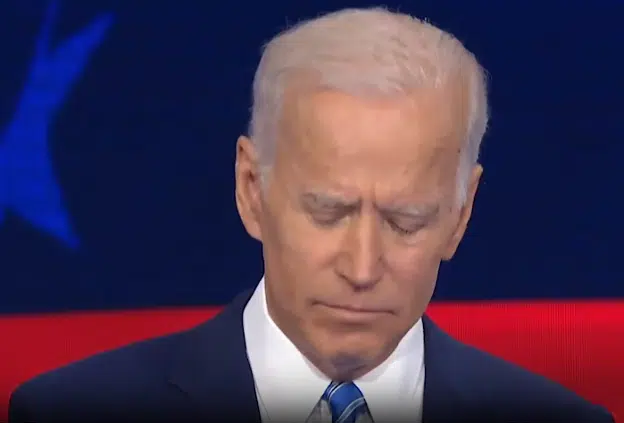By Howard Rich — “This land is your land, this land is my land.”
That’s what the classic Woody Guthrie song would have us believe, but the truth is not nearly so idyllic — or accurate. That’s because accompanying government’s ongoing explosion beyond the boundaries of common sense and core functionality has been a corresponding explosion of its physical boundaries.
This unchecked expansion is picking up steam under Barack Obama — whose administration has targeted 14 million acres in the American West, among other properties, as prime targets for Borg-like assimilation.
Obama’s bureaucrats claim they want to protect prairie chickens and sand dune lizards, but this proposed land grab is really another salvo in the administration’s war on private property rights and domestic energy production. In fact, a secret Department of Interior memo leaked a year ago proposes seizing properties that are “currently under the threat of oil and gas development.”
In other words, the government wants to take land that the private sector wants to use to create jobs and lower energy costs — two goals that are clearly not on Obama’s agenda.
“Considering the size of the federal government’s existing real estate portfolio, there is no need to continue unilaterally acquiring new lands without any regard to state’s rights or economies,” U.S. Rep. Virginia Foxx recently noted.
Foxx is absolutely correct. The federal government currently owns 1.2 million properties and 650 million acres of land — or 30 percent of the total land area of the United States. Another ten percent of the nation’s total land area — roughly 220 million acres — is owned by state or local governments. That’s almost three acres of government-owned land for every man, woman and child in America.
How much is all of this “public” property worth? No one knows — least of all the governments that keep gobbling it up without regard for our individual liberty or economic well-being. In fact, this lack of transparency is infuriating to taxpayers who support the immediate divestment of government assets that are being employed on behalf of non-core functions (or assets that are choking off private sector growth).
A 1986 study published by the National Bureau of Economic Research (NBER) estimated that the total value of federal oil and gas rights in 1981 totaled $800 billion (or $1.8 trillion, adjusted for inflation). At the time, this figure was higher than the national debt. The NBER study also estimated that the total value of federal lands in 1981 was $175 billion (or $414 billion, adjusted for inflation).
Given that the past three decades have seen an unprecedented explosion in the growth of government — and its property holdings — these figures are no doubt much higher today.
“The U.S. government has never been able to implement the simplest goal of land management — ensuring the most efficient use of that land,” a recent Cato Institute report observed. “In essence, a large amount of public land was acquired in a few actions, and it has proven too unimportant either to manage well or to justify a workable disposal policy.”
A comprehensive valuation of government’s property assets — and a plan to divest non-core assets – is long overdue. Unfortunately, taxpayers are receiving nothing but lip service on this issue from the current administration. As Obama attempts to unilaterally gobble up oil-rich lands in the West, his bureaucrats have identified only 14,000 surplus government properties — or one tenth of one percent of existing federal holdings.
If American politicians wish to be taken seriously when they talk about creating jobs, reducing our nation’s dependence on foreign oil and getting government out of the way of the private sector — then there is no better place to start than the 40 percent of our nation that’s directly owned by the government.
The author is chairman of Americans for Limited Government.







